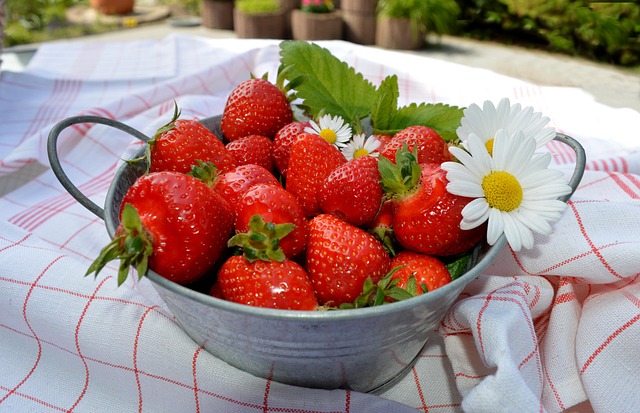Tinted lip balms are a popular, natural-looking lip enhancement option that prioritize hydration and nourishment through ingredients like shea butter, jojoba oil, glycerin, and natural/synthetic colorants. While they offer a safer alternative to conventional lipsticks with harmful chemicals, it's essential to check for "paraben-free," "phthalate-free" products to minimize health risks associated with synthetic fragrances. Natural tinted lip balms use plant-based oils, beeswax, and natural pigments, promoting sustainability while providing hydrated, protected lips with a subtle color.
“Unveiling the secrets behind your favorite beauty staple, this article explores the world of tinted lip balms. From understanding the key ingredients that give them their vibrant hues to uncovering potential health concerns, we demystify these popular products.
We’ll delve into the roles of various chemicals, assess their impact on your well-being, and present natural alternatives for those seeking safer options. Discover how you can make informed choices, ensuring both beauty and health with your tinted lip balm.”
- Understanding Tinted Lip Balm: Ingredients and Their Roles
- Potential Health Concerns Associated with Chemical Components
- Natural Alternatives and Safe Choices for Healthy Lips
Understanding Tinted Lip Balm: Ingredients and Their Roles

Tinted lip balms are a popular choice for those seeking a subtle, natural-looking tint to enhance their lips. Unlike traditional lipsticks, they offer a lighter alternative with a focus on hydration and nourishment. The key to their effectiveness lies in their carefully curated ingredient list. These balms often contain a blend of emollients, humectants, and colorants. Emollients, such as shea butter and jojoba oil, provide moisture and help create a smooth texture. Humectants like glycerin attract water from the air to the skin, ensuring lips stay hydrated.
Colorants in tinted lip balms range from natural pigments derived from plants and minerals to synthetic alternatives. These additives give the balm its distinctive shade. Some common colorants include carmine (derived from cochineal insects) and various lakes, which offer a wide array of colors. The role of these ingredients is not just to provide color; they also contribute to the overall performance and feel of the product on the lips, making it an appealing and functional choice for daily use.
Potential Health Concerns Associated with Chemical Components

While tinted lip balms offer a natural-looking way to enhance lips, it’s essential to be aware of the potential health concerns associated with their chemical components. Many popular lip products contain ingredients that have raised red flags among healthcare professionals and environmental advocates. Some common chemicals in lipsticks, such as parabens, phthalates, and synthetic fragrances, have been linked to various health issues. Parabens, often used as preservatives, have sparked debate due to their potential mimicry of estrogen, which can disrupt hormonal balance. Phthalates, another prevalent additive, facilitate the softening and flexibility of cosmetics but have been associated with endocrine disruption and reproductive problems.
Furthermore, synthetic fragrances in tinted lip balms may contain volatile organic compounds (VOCs) that can evaporate into the air or absorb into the skin, potentially causing irritation, allergic reactions, and even long-term damage. As consumers, understanding these chemical compositions is crucial for making informed decisions about our beauty routines. Opting for products labeled as “paraben-free,” “phthalate-free,” and containing natural fragrances can be a step towards minimizing exposure to these potential health risks.
Natural Alternatives and Safe Choices for Healthy Lips

Many lipsticks on the market contain chemicals that can be harmful, leading consumers to seek out natural alternatives for healthier lips. One safe choice is tinted lip balm, which offers a subtle color while avoiding potentially toxic ingredients. These balms are typically made with plant-based oils, beeswax, and natural pigments, ensuring they’re gentler on sensitive skin. They provide hydration, protection, and a hint of color without the risk associated with synthetic compounds.
Opting for tinted lip balms allows you to enjoy beautifully colored lips while minimizing exposure to chemicals linked to various health concerns. This shift towards natural beauty products not only benefits your health but also contributes to a more sustainable and environmentally friendly approach to skincare routines.
While tinted lip balms offer a convenient way to enhance lips, it’s crucial to be aware of their chemical compositions. Understanding the potential health concerns associated with certain ingredients can empower consumers to make informed decisions and opt for natural alternatives when possible. By choosing safe, chemical-free options, you can maintain healthy lips while still enjoying a touch of color. Remember, a subtle glow can come from nature’s own palette, providing both beauty and peace of mind.
